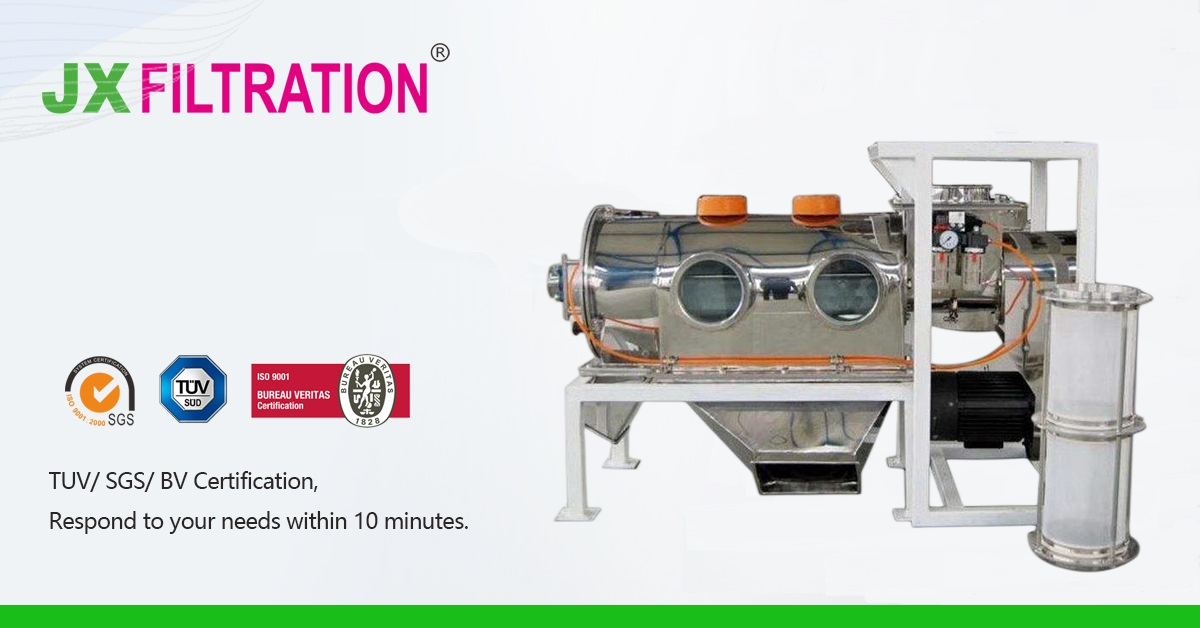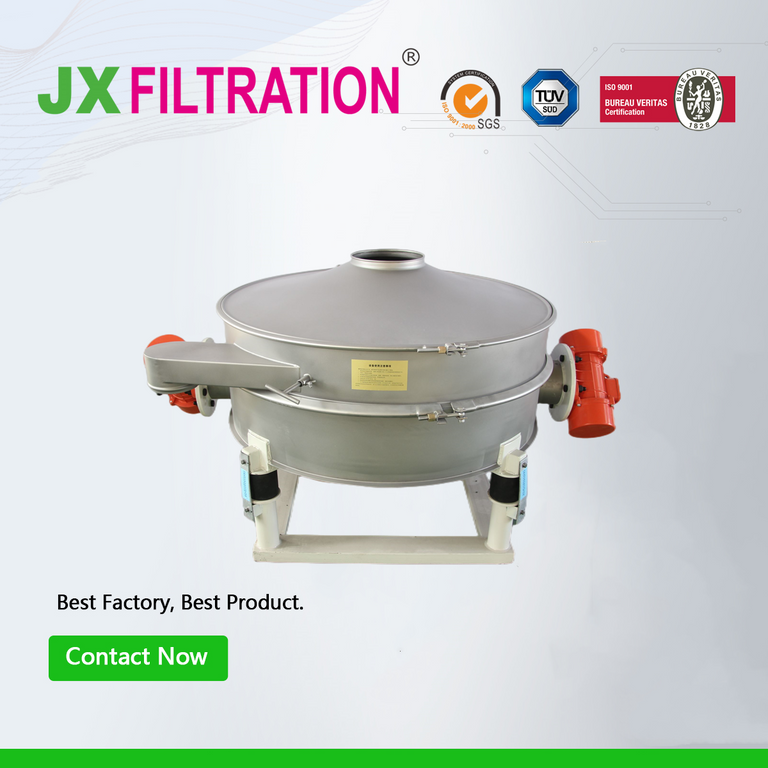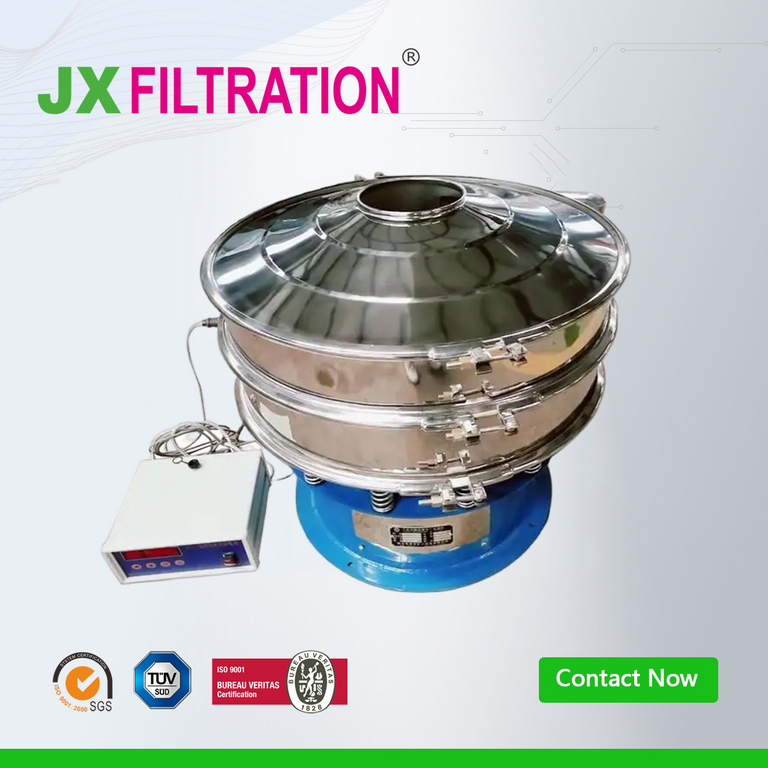How to Determine the Screening Efficiency of a Vibrating Screen
Vibrating Screen Screening efficiency is an important indicator for evaluating the effectiveness of a screening operation. It reflects how effectively materials are separated during the screening process. The calculation of screening efficiency involves several parameters, including the feed weight, the weight of the undersize material, and the particle size distribution in the feed, undersize, and oversize products.
1. Basic Definition of Screening Efficiency
Theoretically, screening efficiency (E) is defined as the percentage of the weight of a certain particle size fraction in the undersize product relative to the weight of the same particle size fraction in the feed material.
E = (Q₁ / Q₀) × 100%
Where:
-
E — Screening efficiency (%)
-
Q₀ — Feed mass (t)
-
Q₁ — Undersize product mass (t)
However, in actual production, due to factors such as screen surface wear, enlarged or damaged screen openings, the undersize product may contain particles larger than the screen opening size, resulting in an actual screening efficiency lower than the theoretical value.
2. Calculation of Actual Screening Efficiency
To more accurately evaluate screening efficiency, the following formula is commonly used in actual production:
E = [b(a − c) / a(b − c)] × 100%
Where:
-
E — Screening efficiency (%)
-
Q₀ — Feed mass (t)
-
Q₁ — Undersize product mass (t)
-
a — Percentage of material smaller than screen aperture in feed (%)
-
b — Percentage of material smaller than screen aperture in undersize product (%)
-
c — Percentage of material smaller than screen aperture in oversize product (%)
Any Requirements, Contact Us Now!
Kris
Email/Teams: kris@filtrationchina.com
Mobile/Whatsapp/Wechat: +86 18980776200


